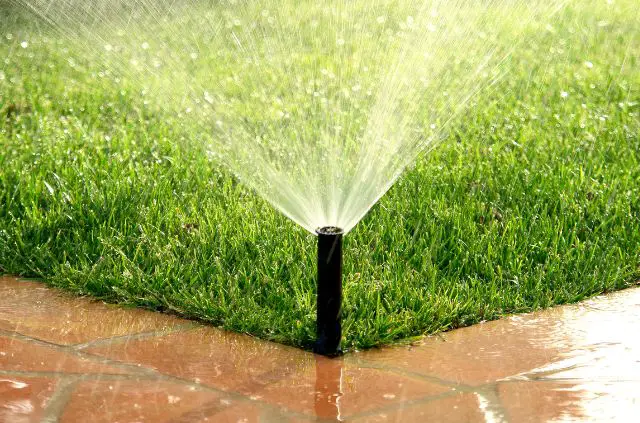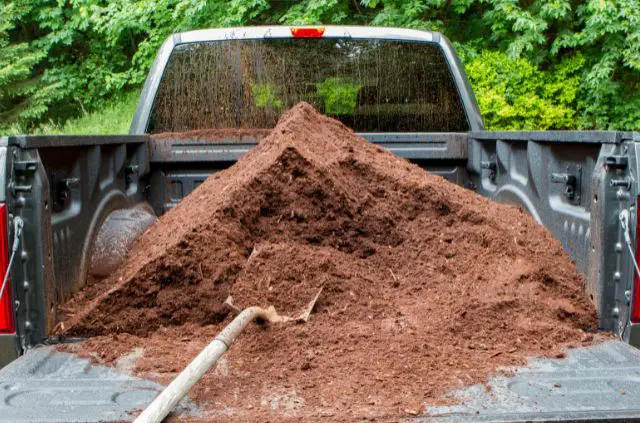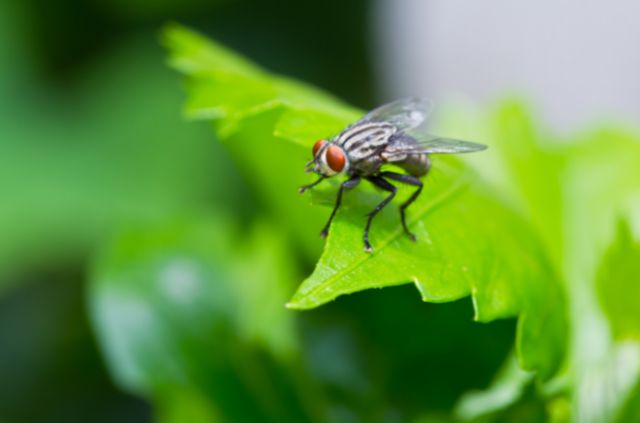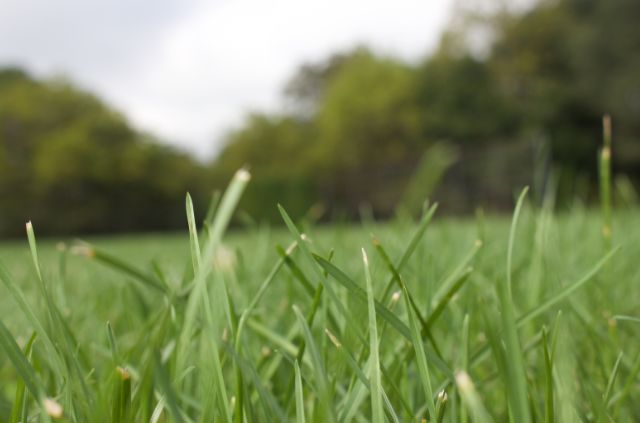Can Bermuda Grass Grow in the Shade?
Bermuda grass is a perennial season grass that thrives in warm climates. It comes back every year when temperatures are right and it’s most lively from late spring to the summer. If you want to grow this grass, you might want an answer to the following question: can Bermuda grass grow in the shade?
The general rule is that Bermuda grass doesn’t do well in the shade. This type of grass is better suited in full sun, which is why it grows best in the summer months. The good news is there are some things you can try, especially if you have an area of your lawn shaded by large trees.
How Much Sun Does Bermuda Grass Need?
Bermuda grass requires 6 hours of sun each day at the very least. It’s built to last in extremely hot climates and does well in full sun. Bermuda grass can continue living even during long periods without water.
That’s why it’s the ideal choice farm warm locations that don’t get much rain. Bermuda grass also does well near the ocean, because it doesn’t mind salt.
The same can’t be said about other types of grass, where salt is known to cause damage. Bermuda grass will do well if your lawn also experiences high amounts of foot traffic, because it becomes very dense when grown out.
Downsides of Bermuda Grass
You might want to reconsider Bermuda grass if you live in a cold climate, or a place that experiences long winters. The main reason is this grass type doesn’t do well in cold, or shaded areas.
During the winter Bermuda grass will turn brown, which can be a very unappealing sight to some homeowners. It’s also known to be an invasive grass type. That means it will overpopulate your lawn and can potentially disrupt other plants in the environment.
If this problem is left ignored you will have to remove the Bermuda grass by hand from the root. This takes work, but it will allow other organisms to grow.
Growing Bermuda Grass in the Shade
Successfully growing Bermuda grass in the shade starts from the very beginning. You will need to first loosen up hard soil with a tool, so enough air will be able to pass through the surface. Then you plant the seed and stick to a consistent watering schedule, so the germination process can begin.
1. Rake the Soil
Before throwing down Bermuda grass seed, it’s important to loosen up the sub soil first. You want to avoid planting any type of grass on hard dirt, as it will inevitably fail. The biggest problem with compacted soil is that it will lack proper airflow to allow the seeds to germinate. You can use a garden fork, or tiller to break up the soil.
Everyone has there own preference when it comes to this step and it really depends on the condition of your lawn. If you have a small yard a garden fork will be able to break up the soil. But if you’re working with large amounts of dirt, you should use a heavier piece of machinery. They will be able to cover more surface area compared to a hand tool.
2. Plant the Seeds
Once you’ve prepared the soil, it’s time to plant the Bermuda grass seeds. Use a fertilizer spreader to get an even amount of seeds on each part of the soil. These tools take away the guessing and they’re much easier to use compared to throwing them down by hand. It’s also important to plant an even amount of seeds across your entire lawn.
Beginners often get confused about how much seed they actually need. Some people think that more is better, but this is far from the truth when you’re talking about grass seed. What happens when you overseed a patch of dirt is that the seeds start to compete with themselves. Going lighter is better, because you can always lay down more seed later.
3. Water the Seeds
Bermuda grass seeds only require around 1 inch of water per week. If you’re familiar with other types of grass, you’re probably thinking that’s not enough water. The truth is that Bermuda grass doesn’t need large amounts of water to begin with, because it thrives in warm climates. It can survive in droughts and during the hot summer months.
Due to the small amount of water needed to grow Bermuda grass, you could get away with only watering it by hand. This wouldn’t work with a large area, but small lawns should be fine. The germination period will be around 7-14 days, so continue providing the seeds with enough water during this time. You want to keep the soil lightly moist and not soaked.
4. Adjust the Mow Height
Once the seeds have germinated into thick grass, you can begin maintaining the lawn. One trick to growing Bermuda grass in shaded areas is to mow these spots at a different height. You would normally mow Bermuda grass in direct exposure to sunlight anywhere from 1-2 inches. This cannot be done across the entire yard.
For Bermuda grass located in the shade, set the mowing height between 2-2.5 inches. Spots with shaded grass will always grow more slowly compared to areas with more sun. That’s why you need to allow these locations to grow out, in order to be healthy. There will be some variation in your lawn, but it shouldn’t be that noticeable.
Other Tips
Trim branches – One of the quickest ways to grow Bermuda grass in the shade is to trim tree branches around your house. This will minimize the amount of shade in your yard and expose the grass to more sunlight. You don’t need to go crazy with a chainsaw, but pruning of trees should be done on a regular basis. You might be surprised to learn just how much shade you can remove with this method.
Use more mulch – Some of the most common areas of shade is below trees. That’s why you might want to consider changing up your landscaping. For shaded areas under trees for example, you can use more mulch (instead of grass). Forget taking the time trying to get Bermuda grass to grow in the shade and just fix these areas with mulch. This is the best option if you only have a handful of trees in your yard.
Rake the seeds – As we briefly mentioned above, it’s very important to spread the seeds evenly over the soil. But sometimes you might make a mistake – even if you’re using a handheld spreader, or walk-behind spreader. If this happens you will need to use the backside of a plastic rake, to help spread the seeds. This tool will help get the seeds across the soil, without causing damage to them.
Final Thoughts
This blog started with a question: can Bermuda grass grow in the shade? Even though this type of grass can grow in shaded areas, it doesn’t always do well. That’s because Bermuda grass thrives in warm climates and needs at least 6 hours of sunlight each day.
If you really want to grow Bermuda grass in the shade it takes more work and some patience. You could trying mowing shaded areas at a different height, pruning trees, or even replacing dead grass spots with mulch. There’s no wrong answer, as it all depends on your personal preference.
Further Reading
Search Terms
- Can Bermuda grass grow in the shade?
- How to grow Bermuda grass in the shade







